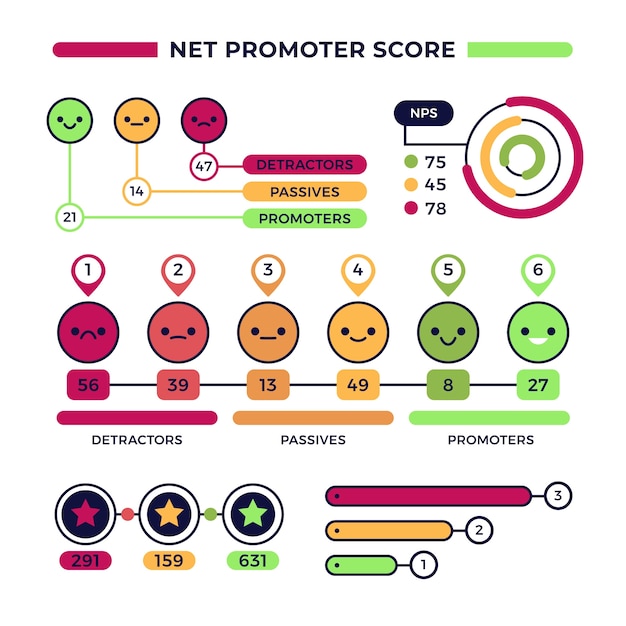
Understanding Imperatives: Listen, Eat, and More!
Imperatives are a type of verb form used to give commands, instructions, or orders. They are direct and assertive statements that tell someone what to do. Imperatives are commonly used in everyday language, whether it’s telling someone to listen, eat, or perform any other action. In this article, we will dive deeper into the concept of imperatives, their usage, and provide examples to help you better understand them.
Structure of Imperatives
Imperatives typically consist of a base form of a verb without any subject. The subject is usually implied and understood to be “you.” For example, the imperative form of the verb “listen” is simply “listen.” Let’s take a look at some examples:
| Verb | Imperative Form |
|---|---|
| Listen | Listen! |
| Eat | Eat! |
| Run | Run! |
| Speak | Speak! |
As you can see from the table, the imperative form remains the same as the base form of the verb. It is important to note that when using imperatives, we omit the subject pronoun “you.” The context and tone of the instruction usually make it clear who the command is directed towards.
Usage of Imperatives
Imperatives are commonly used in various situations to give instructions or commands. Here are some examples of when imperatives are frequently used:
- Issuing commands: “Close the door!”
- Providing instructions: “Mix the ingredients thoroughly.”
- Giving advice: “Stay calm in difficult situations.”
- Offering suggestions: “Try the new dessert on the menu.”
- Requesting assistance: “Help me carry this box.”
Imperatives are also commonly used in advertisements, signs, and slogans to grab attention and promote action. They create a sense of urgency, encouraging people to take immediate action. For instance, a fast food restaurant might use imperatives in their advertising campaigns, such as “Enjoy our mouthwatering burgers!” or “Try our delicious fries!”
Examples of Imperatives
Let’s explore some more examples of imperatives:
| Usage | Example |
|---|---|
| Command | Shut the window! |
| Instruction | Stir the sauce gently. |
| Advice | Stay focused on your goals. |
| Suggestion | Try the new fitness class. |
| Request | Pass me the salt, please. |
These examples demonstrate the different contexts in which imperatives can be used. They play an important role in effective communication, as they convey clear and concise instructions to the listener or reader.
Conclusion
Imperatives are a powerful tool in language that allow us to give commands, instructions, and orders. They are concise, direct, and often used in everyday communication. By understanding the structure and usage of imperatives, you can effectively convey your message and get the desired response. So, the next time you want someone to listen, eat, or take action, remember to use imperatives!





